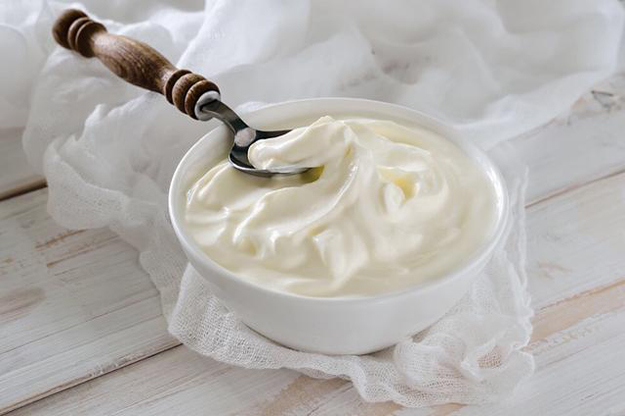
- Product details
Carboxyl methyl Cellulose
Ⅰ. Name
1. Chemical name: Carboxyl methyl Cellulose
2. English Name: Carboxyl methyl Cellulose, Abbreviation: CMC.
3. Structural formula:
OR=-OH or -OCH2COONa
Ⅱ. Technical Requirements
Model | Highest viscosity | High viscosity | Medium viscosity | Low viscosity | |
Name a | FVHX | FHX | FMX | FLX | |
Corresponding viscosity range / (mPa·s) | ≥500b | 200-500c | 400-2000d | 25-400e | |
Item | Index | ||||
Viscosity ( mass fraction 2% water solution)/(mPa·s) ≥ | 25 | ||||
Degree of substitution | 0.20-1.50 | ||||
PH value ( 10g/L solution ) | 6.0-8.5 | ||||
Moisture /% ≤ | 10.0 | ||||
Chloride(CL)mass fraction ≤ | 1.2 | ||||
Arsenic ( As ) mass fraction/% ≤ | 0.0002 | ||||
Lead ( Pb ) mass fraction /% ≤ | 0.0005 | ||||
Heavy metal(Pb)mass fraction /% ≤ | 0.0015 | ||||
Iron(Fe)mass fraction/% ≤ | 0.02 | ||||
Note: X represents the degree of substitution principal value in a.
b and c represent the viscosity of mass fraction of 1% aqueous solution. d and e represent the viscosity of mass fraction of 2% aqueous solution.
Mass fraction of arsenic (As), lead (Pb) content, heavy metal (by Pb) mass fraction is the mandatory requirements.
When the viscosity ( mass fraction 2% water solution)≥ 2000mPa• s, it should use the determination mass fraction of 1% water solution.
Ⅲ. Physical and chemical properties
1. Appearance: White or light yellow powder, odorless and tasteless.
2. Particle size: Passage rate of 80 meshes is more than 98.5%.
3. Packing density: 0.2-0.65g/cm3.
4. Thermal stability: Thermochromic temperature is 227 ℃, carbonization temperature is 252 ℃.
5. Water solubility: easily dispersed in water and turn into transparent colloidal solution, insoluble in organic solvents such as ethanol.
6. Surface tension: the surface tension of 2% aqueous solution is 71dyn/cm.
7. It is very stable as the emulsion thickening with good dispersion.
8. Good compatibility, has better compatibility with glue, resin and other water softener.
9. It is forbidden to use this product together with strong acid, strong alkali, heavy metal ions (such as aluminum, zinc, mercury, silver, iron, etc.).
10. It has no pharmacological effect itself, non-toxic, and harmless to physiology.
Ⅳ. Main applications
This product has the effects of adhesive, suspending, thickening, emulsifying, sustained release. It is used as suspending agent, emulsifier in the liquid formulation, as gel matrix in semi solid products, and as binder, disintegrant and slow-release auxiliaries in tablets. It is also widely used in the following industry: food, lactic acid, tartaric acid beverage, petroleum, geology, construction, paint, paper, ceramics, textile, printing and dyeing, silk, toothpaste, detergent etc.
Ⅴ. Method for dissolution and usage
1. Under continuous stirring, slowly add PAC into the water, until completely dissolved.
2. Take a predetermined amount of 50% of the water and heated to about 60 ℃, fully stirring water and slowly add CMC, finally add the remaining water, which can be completely dissolved.
Ⅵ. Attention of packaging, storage and transportation
Plastic bags lined with polyethylene or cardboard packaging, each bag (barrel) net weight: 25kg, sealed storage. Prevent the sun and rain and moisture during storage and transportation.

